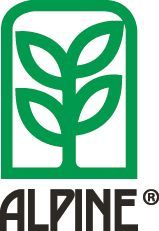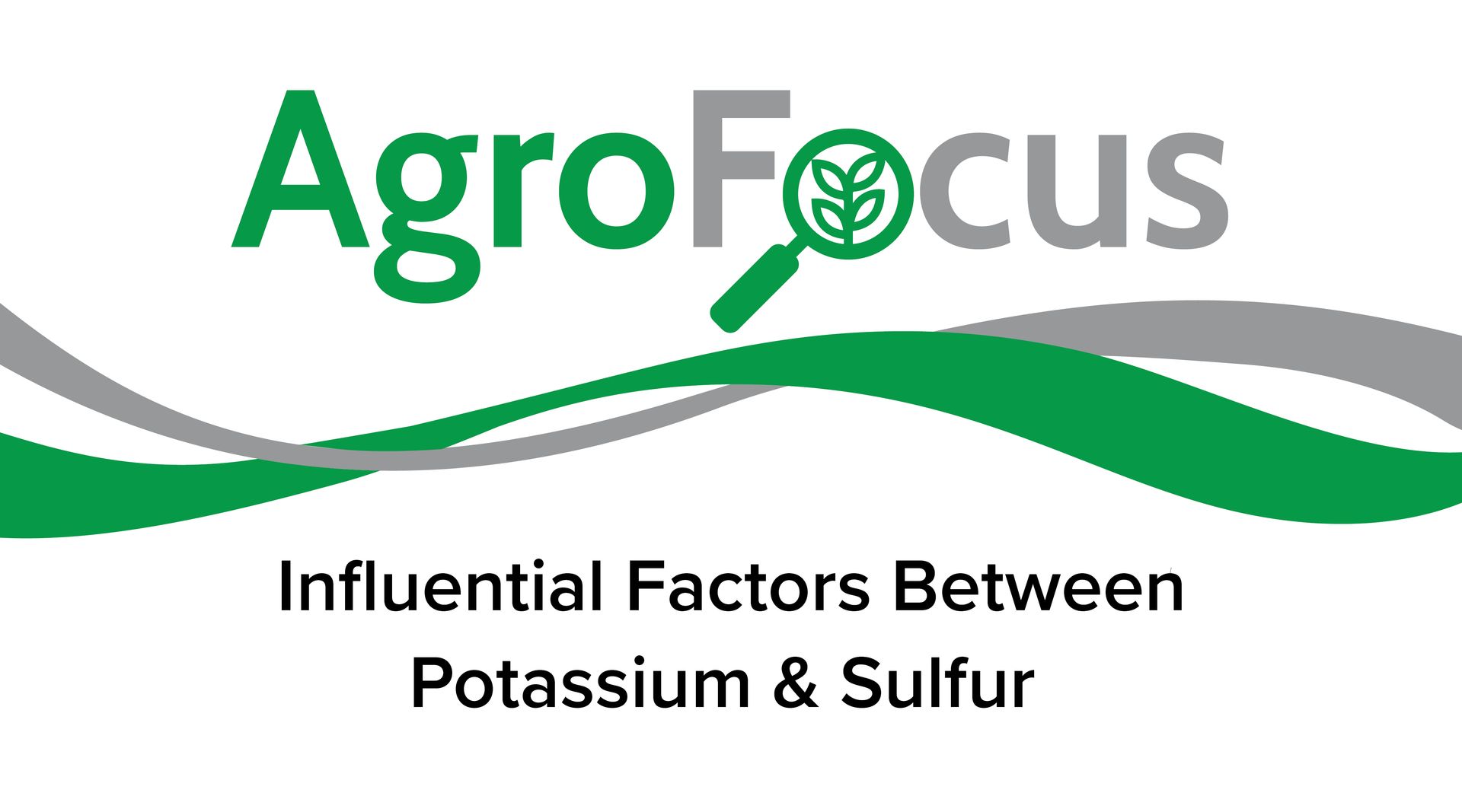Resolve to be more efficient and do what you can for the environment
With the New Year holiday many people make resolutions. Most are for personal betterment; get fit, lose weight, be more positive, on and on it goes. When it comes to farming, producers need to look at resolutions a little differently. As business owners in a tough marketing year, you resolve to spend less and continue to grow good crops; in other words be more efficient. As good producers you know that you need to take care of your land and the land will pay you back in return. That means you resolve to be good stewards of the land every year. The news has been filled with environmental issues that have been blamed almost entirely on Agriculture. Algal blooms in the great lakes and a massive 6000 sq. mile zone of hypoxia along the gulf coast were blamed on the use of fertilizers. These issues are mostly the result of fertilizers that are broadcast over the top of the soil and then are blown and washed into waterways and carried downstream. We need to do better. We need to be environmentally sound and follow a well-balanced fertility plan. NACHURS, in conjunction with the International Plant Nutrition Institute, promotes the 4R Nutrient Stewardship Program. This program is based on the same principles NACHURS was founded on nearly 70 years ago. We promote using the Right Source of high quality fertilizers. We promote using the Right Rate of high quality fertilizers. We promote putting our fertilizers in the Right Place for the best, most efficient usage of our high quality fertilizers. We promote applying our high quality fertilizers at the Right Time for best yield results. While it is true in some instances that broadcasting fertilizer is necessary, you can broadcast less, be more efficient and spend less money by following the 4R Nutrient Stewardship Program. Year 2016 is upon us and Nachurs Alpine Solutions has resolved to make a new generation of fertilizers available to every farmer wanting to use new technologies and science in their balanced fertility plan. Do you, the producer feeding the world, have any resolutions?-Joe Osterhaus, Northern US Sales Agronomist
With the New Year holiday many people make resolutions. Most are for personal betterment; get fit, lose weight, be more positive, on and on it goes. When it comes to farming, producers need to look at resolutions a little differently. As business owners in a tough marketing year, you resolve to spend less and continue to grow good crops; in other words be more efficient.
As good producers you know that you need to take care of your land and the land will pay you back in return. That means you resolve to be good stewards of the land every year. The news has been filled with environmental issues that have been blamed almost entirely on Agriculture. Algal blooms in the great lakes and a massive 6000 sq. mile zone of hypoxia along the gulf coast were blamed on the use of fertilizers. These issues are mostly the result of fertilizers that are broadcast over the top of the soil and then are blown and washed into waterways and carried downstream. We need to do better. We need to be environmentally sound and follow a well-balanced fertility plan.
NACHURS, in conjunction with the International Plant Nutrition Institute, promotes the 4R Nutrient Stewardship Program. This program is based on the same principles NACHURS was founded on nearly 70 years ago. We promote using the Right Source of high quality fertilizers. We promote using the Right Rate of high quality fertilizers. We promote putting our fertilizers in the Right Place for the best, most efficient usage of our high quality fertilizers. We promote applying our high quality fertilizers at the Right Time for best yield results. While it is true in some instances that broadcasting fertilizer is necessary, you can broadcast less, be more efficient and spend less money by following the 4R Nutrient Stewardship Program.










